The trip to and back from Livingstonia itself was worth the long hours in the car. Heading north from Nkhata Bay we passed the village of Kandewe with its spectacular suspension bridge made of bamboo and reed (two wire ropes were added lately). Climbing across the wobbly bridge with the river well below was quite an experience and we truly enjoyed the small museum dedicated to the local Phuka culture.
Heading towards Livingstonia from the south we had to meander down to the lake. It was difficult to remain focused on the windy road with the spectacular view of Lake Malawi below. Soon we had to climb up again, a 19 kilometer long dirt road from the lakeshore up to Livingstonia – unforgettable.
Being so enthused with the scenery we chose a back road when leaving Livingstonia. Instead of going back down to the lake and drive south on the M1 / M5, we headed inland and south on a dirt road to Rumphi, which took us along stunning terraced hills and villages where tourists are never seen.
It took us through Mzuzu, a modern town and past Malawi’s second largest mountain range, the picturesque South Viphya. The Forest Reserve consists mostly of exotic pine trees used to produce timber and plywood. The large-scale logging is highly visible here, vast areas void of trees and trucks full of wood. In order to get a logging license, the companies are obliged to replant the trees, but more often than not, they dodge these commitments.
All this we learned while walking around with the manager of Luwawa Forest Lodge, the perfect, but very pricey place to break up the trip back to Lilongwe. Once a clubhouse for the road engineers, it became an exclusive lodge overlooking the nearby dam. This paradise is at least 10 kilometers off the M1 and when leaving we got terrible lost along the dirt roads through the woods trying to get back on the M1. Luckily we came across two loggers who pointed us in the right direction. Via Kasungu we made it to Lilongwe late at night, something we had wanted to avoid at all costs.

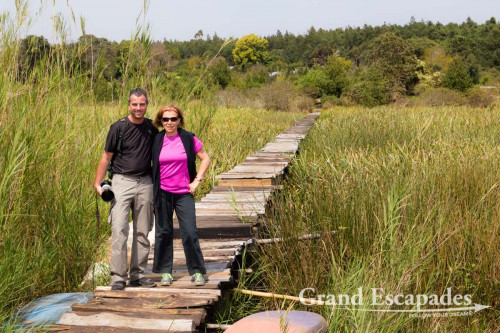
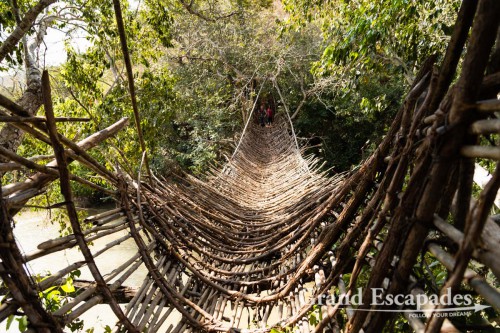
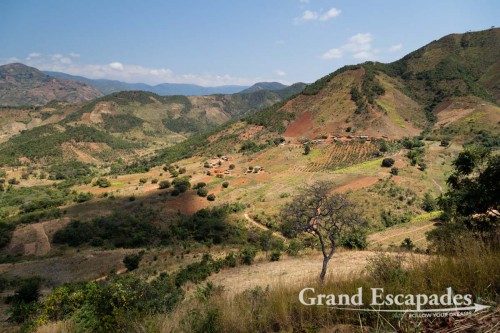
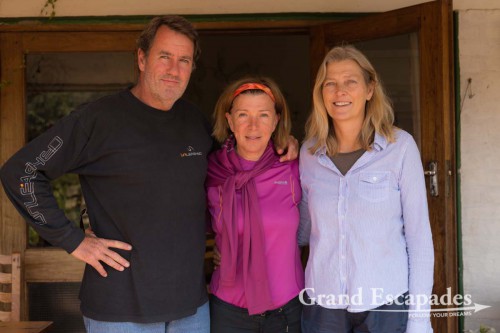
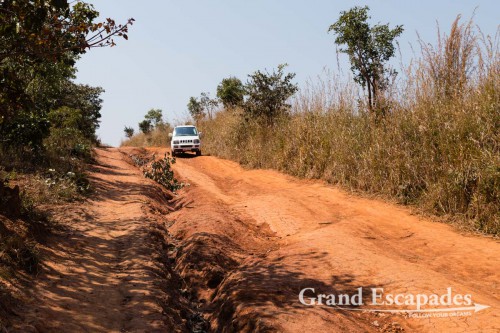
No comments yet.